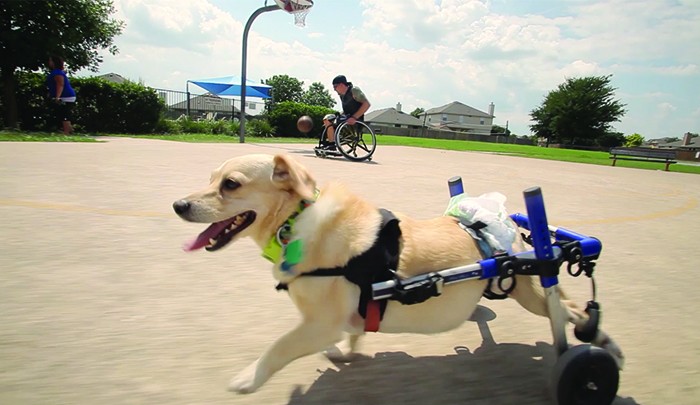
The anatomy of a dog's hind leg is quite complex, yet incredibly fascinating. The hind leg of a dog consists of several key components, including the femur, tibia, fibula, patella, tarsal bones, metatarsals, and phalanges. The femur, or thigh bone, is the longest bone in the hind leg, and it is the primary weight-bearing bone. It connects the hip joint to the knee joint, and the lower end is capped by the patella, which is commonly referred to as the knee cap.
The tibia and fibula are the two bones of the lower leg. The tibia is the larger of the two and is the primary weight-bearing bone. It connects the knee joint to the ankle joint, and the lower end is capped by the tarsal bones. The fibula, or smaller bone of the lower leg, is located on the outside of the leg and is not weight-bearing. It serves to help support the knee joint.
The tarsal bones are the seven bones that make up the ankle joint and heel. They are the talus, calcaneus, cuboid, lateral cuneiform, intermediate cuneiform, medial cuneiform, and navicular. These bones are responsible for the flexibility of the ankle joint, allowing the dog to move in multiple directions.
The metatarsals are the five bones in the foot that run from the ankle joint to the toes. These bones are responsible for the stability and flexibility of the foot and are the primary bones used to support the body when the dog is standing or walking.
Finally, the phalanges are the bones of the toes. Each toe has three phalanges, and the dewclaw (or thumb) has two. The phalanges are responsible for the flexibility of the toes and provide the dog with additional grip and stability when walking.
Overall, the dog's hind leg is incredibly complex, yet incredibly functional. Its anatomy allows for a range of motion and flexibility that enables the dog to walk, run, and jump, making it an essential part of the dog's anatomy.

No comments:
Post a Comment